By Stephen Windwalker
Editor, Kindle Nation Daily
Posted March 9, 2011
In the last issue of our Kindle Nation weekly digest we noted the existence of some worrisome headlines for Kindle enthusiasts, but we breezily dismissed them with a promise that we would be back this week with some analysis that supports a more hopeful view. Since it has been a little over three months since our last in-depth analysis of Kindle book pricing back on December 3, it’s time for a new price check on Aisle 5, and perhaps in the process we’ll be able to see why we’re a long way from coming to the end of the Kindle Revolution.
Two headlines jump out of the clutter of all the statistics:
- Proportionally, the selection of titles priced between $2.99 and $9.99 continues to grow significantly, and the percentage of “outlier” titles above and below that price range has declined dramatically.
- However, where bestsellers are concerned the trend is just the opposite. Among the Top 100 paid bestsellers in the Kindle Store, the number priced above $9.99 had grown slightly from 26 to 30 over the last three months, and — much more dramatically — the number of Top 100 paid bestsellers priced below $2.99 tripled from 10 to 30 between December 2 and March 7!
The juxtaposition of these two headlines is fascinating, and suggests the following:
- The obvious pricing tug-of-war continues, and Amazon appears to have decided that it can have it both ways by combining popular, quality low-priced offerings by (mostly) indie authors with corporate publishers’ new releases priced mostly in the $9.99-$12.99 range preferred by publishers. My sense is that we hear less and less from Amazon about $9.99 new releases these days, and the company has pivoted so that much of its marketing muscle on pages such as this is devoted to books priced in the $11.99 to $14.99 range.
- While this shift in emphasis has been very profitable for Amazon and appears to have been accepted by enough Kindle customers to allow ebooks priced over $9.99 to claim 30% of the rungs on the bestseller list, 30% may not be a high enough share to call this a victory for the agency model. Indeed, another way to look at this is that by insisting on these higher ebook prices (compared with 2008 and 2009), the publishers have wrapped up another 30% of the bestseller list, attached a bow, and given it away to indie authors. 24 of the 30 “cheaper” ebook bestsellers are priced at just 99 cents, and they are pretty much all by indie authors who will earn millions of dollars this year and turn the membership of the Kindle Million Club upside down. The corporate publishers may be enjoying their pie, but it is a significantly smaller slice, and there’s little chance they can get back what they have so blindly given away.
Otherwise, here’s where things stood as of the afternoon of March 7, 2010, and we’ll look at the same questions we always bring to this inquiry:
Q1. What’s the overall size of the Kindle catalog and how does it compare with that of other ebook retailers?
A1. The overall count of Kindle books has been growing by about 1,000 books a day over the last three months and currently stands just above 868,000, up from 769,766 books in December. Since that figure includes only about 15,000 public domain books, that means there’s no other ebook retailer that comes close to that count for commercially offered ebooks. Barnes and Noble inflates its Nook count with over a million public domain titles, and Apple just recently passed the 100,000-title mark in its iBooks store, which is so embarrassingly lame that Apple dropped iBooks from its Apps listings just as it was about to fall out of the Top 20 listings. (By the way, I’m still not convinced that Apple will use pricing, margins, and the totally bogus issue of in-app purchasing to try to freeze the Kindle and other ebook retailing apps off of its iPad, iPhone, and iPod Touch platforms.)
Q2. How successful has Amazon been in herding prices into its preferred corral between $2.99 and $9.99, inclusive?
A2. The number of titles priced in this range is at 66.1 percent, the highest it has been at any time in the past year. As a percentage of the overall catalog, titles in the $2.99-$9.99 range are up 3.25% since we checked in December, while there are proportionally 10.2% fewer titles priced under $2.99 and 1.5% fewer titles priced at $10 and up. The growth of titles in the $2.99-$9.99 range has been supported both by the fact that Kindle pays indie authors who conform to this pricing range almost twice the royalty rate that is otherwise available to them and by the frequently stated resistance of many Kindle customers to prices above $9.99. Again, the largest area of growth has been for titles priced at exactly $2.99. After growing from 18,804 to 29,042 between September 5 and December 2, this group expanded to 45,528 in our latest look-in.
Q3. How successful have the big agency model publishers and their Black Knight, Apple anti-reading crusader Steve Jobs, been in raising Kindle Store prices above $10?
A3. The Agency Model, if you’ve come a little late to this party, is a baldly anti-consumer price-fixing conspiracy (I wish I didn’t have to use that word, but sometimes a conspiracy is just that, a conspiracy) that was hatched at the beginning of 2010 by some combination of Steve Jobs and executives of five of the Big Six publishers, with Random House abstaining. The stated goal was to mandate retail prices for Kindle books, and all other ebooks under the agency model publishers’ control, at levels that would be 30 to 50 percent higher than the $9.99 price that Amazon had previously set for Kindle Store new releases. The only slightly less obvious unstated goal was to slow the migration of readers from print books to ebooks. (Retailers had always had the freedom to discount as they saw fit from the publishers’ suggested retail prices in the past, and Amazon had in fact been selling many Kindle titles as loss leaders.) Since the Agency Model went into effect on April Fool’s Day, the percentage of the Kindle Store catalog priced in agency-model heaven at $10 and up has fallen from 21.7% to 19.2% on May 22, 18.8% on June 14, 18.1% on July 18, 16% on September 5, 15.3% on December 2, and 15.04% as of yesterday. Alas, as of last week Random House has joined the rest of the Big Six in the price-fixing game, and just as quickly it has seen serious slippage in the advantage it held previously in the Kindle Store bestseller list: the three previously discounted books in the Stieg Larsson trilogy were #5, #8, and #9 for the month of February but by yesterday had fallen to #9, #15, and #23, and Abraham Verghese’s Cutting for Stone
trilogy were #5, #8, and #9 for the month of February but by yesterday had fallen to #9, #15, and #23, and Abraham Verghese’s Cutting for Stone fell all the way from #14 to #32 in its first week under the unforgiving agency-model regimen.
fell all the way from #14 to #32 in its first week under the unforgiving agency-model regimen.
Q4. Has there been a significant change in the title count for Kindle books priced under $2.99 since Amazon began paying a 70 percent royalty for books in the $2.99 to $9.99 range?
A4. The proportional representation of Kindle books at every price point under $2.99 (free, 99 cents, under 99 cents, and $1.00 to $2.98) has fallen dramatically since December.
Q5. Overall, are ebook prices going up or down or staying about the same?
A5. It’s fair to say at this point that ebook pricing is moving in all directions at once. Publishers, authors, readers, and Amazon itself are digging in in various places to defend various pieces of what they see as their turf, and we’ll stay tuned.
Q6. Are there changes in the price composition of the Kindle Store’s key bestseller list, the Top 100 Paid Books?
A6. Since we addressed the Kindle Store bestseller list above, this seems like a good place to mention that ebooks continue to strengthen their hold on the USA Today bestseller list, relative to hardcover and paperback books. As of last week’s list 20 of the top 50 USAT bestsellers were titles for which ebook sales were dominant, compared with 10 for which hardcovers sold the most copies and 20 for which paperback sales led the way. Kindle Store stars held down 7 of the top 150 places on the USAT list, six of those belonging to Amanda Hocking and one to Nancy Johnson
and one to Nancy Johnson . Look for Donovan Creed creator John Locke
. Look for Donovan Creed creator John Locke to crack the USAT list when it is released tomorrow.
to crack the USAT list when it is released tomorrow.
Q7. Are there any noteworthy trends with respect to free books in the Kindle Store?
A7. Although there are fewer free books in the Kindle Store than there were in December, it is worth pointing out that the reduction in free books has been among duplicate public domain titles rather than among the free promotional contemporary titles that populate Kindle Nation’s daily Free Book Alert posts.

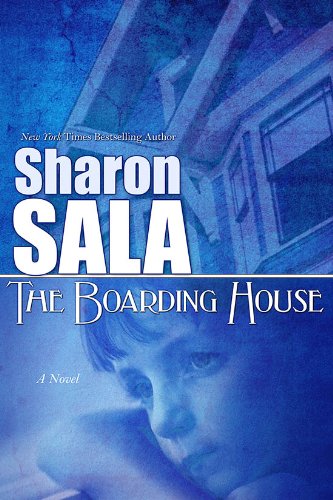

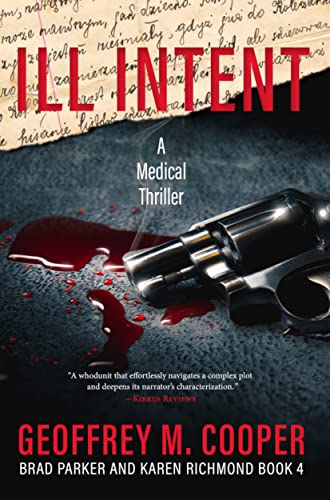
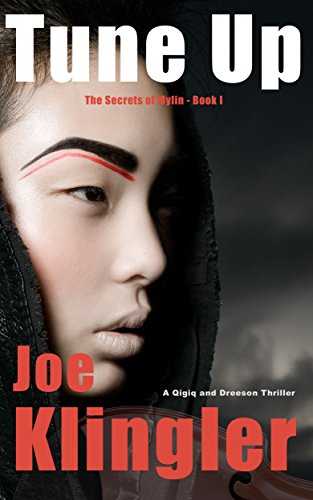
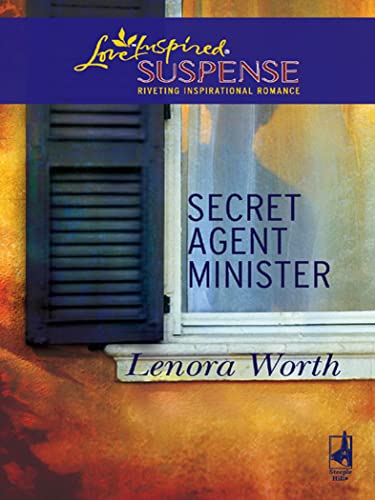
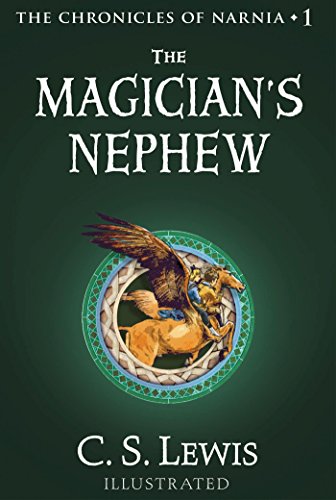



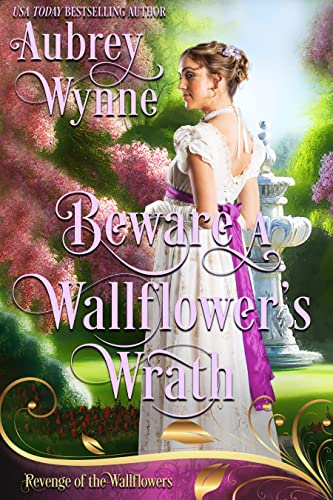
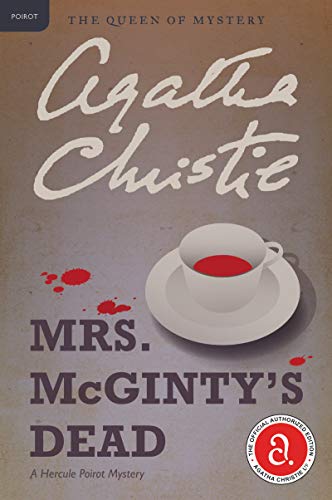


Kindle Pricing Analysis: Number of Kindle Bestsellers Priced Below $2.99 Has Tripled Since December, But Publishers Are Also Finding Buyers at Prices Above $10
By Stephen Windwalker
Editor, Kindle Nation Daily
Posted March 9, 2011
In the last issue of our Kindle Nation weekly digest we noted the existence of some worrisome headlines for Kindle enthusiasts, but we breezily dismissed them with a promise that we would be back this week with some analysis that supports a more hopeful view. Since it has been a little over three months since our last in-depth analysis of Kindle book pricing back on December 3, it’s time for a new price check on Aisle 5, and perhaps in the process we’ll be able to see why we’re a long way from coming to the end of the Kindle Revolution.
Two headlines jump out of the clutter of all the statistics:
The juxtaposition of these two headlines is fascinating, and suggests the following:
Otherwise, here’s where things stood as of the afternoon of March 7, 2010, and we’ll look at the same questions we always bring to this inquiry:
Q1. What’s the overall size of the Kindle catalog and how does it compare with that of other ebook retailers?
A1. The overall count of Kindle books has been growing by about 1,000 books a day over the last three months and currently stands just above 868,000, up from 769,766 books in December. Since that figure includes only about 15,000 public domain books, that means there’s no other ebook retailer that comes close to that count for commercially offered ebooks. Barnes and Noble inflates its Nook count with over a million public domain titles, and Apple just recently passed the 100,000-title mark in its iBooks store, which is so embarrassingly lame that Apple dropped iBooks from its Apps listings just as it was about to fall out of the Top 20 listings. (By the way, I’m still not convinced that Apple will use pricing, margins, and the totally bogus issue of in-app purchasing to try to freeze the Kindle and other ebook retailing apps off of its iPad, iPhone, and iPod Touch platforms.)
Q2. How successful has Amazon been in herding prices into its preferred corral between $2.99 and $9.99, inclusive?
A2. The number of titles priced in this range is at 66.1 percent, the highest it has been at any time in the past year. As a percentage of the overall catalog, titles in the $2.99-$9.99 range are up 3.25% since we checked in December, while there are proportionally 10.2% fewer titles priced under $2.99 and 1.5% fewer titles priced at $10 and up. The growth of titles in the $2.99-$9.99 range has been supported both by the fact that Kindle pays indie authors who conform to this pricing range almost twice the royalty rate that is otherwise available to them and by the frequently stated resistance of many Kindle customers to prices above $9.99. Again, the largest area of growth has been for titles priced at exactly $2.99. After growing from 18,804 to 29,042 between September 5 and December 2, this group expanded to 45,528 in our latest look-in.
Q3. How successful have the big agency model publishers and their Black Knight, Apple anti-reading crusader Steve Jobs, been in raising Kindle Store prices above $10?
A3. The Agency Model, if you’ve come a little late to this party, is a baldly anti-consumer price-fixing conspiracy (I wish I didn’t have to use that word, but sometimes a conspiracy is just that, a conspiracy) that was hatched at the beginning of 2010 by some combination of Steve Jobs and executives of five of the Big Six publishers, with Random House abstaining. The stated goal was to mandate retail prices for Kindle books, and all other ebooks under the agency model publishers’ control, at levels that would be 30 to 50 percent higher than the $9.99 price that Amazon had previously set for Kindle Store new releases. The only slightly less obvious unstated goal was to slow the migration of readers from print books to ebooks. (Retailers had always had the freedom to discount as they saw fit from the publishers’ suggested retail prices in the past, and Amazon had in fact been selling many Kindle titles as loss leaders.) Since the Agency Model went into effect on April Fool’s Day, the percentage of the Kindle Store catalog priced in agency-model heaven at $10 and up has fallen from 21.7% to 19.2% on May 22, 18.8% on June 14, 18.1% on July 18, 16% on September 5, 15.3% on December 2, and 15.04% as of yesterday. Alas, as of last week Random House has joined the rest of the Big Six in the price-fixing game, and just as quickly it has seen serious slippage in the advantage it held previously in the Kindle Store bestseller list: the three previously discounted books in the Stieg Larsson trilogy were #5, #8, and #9 for the month of February but by yesterday had fallen to #9, #15, and #23, and Abraham Verghese’s Cutting for Stone
trilogy were #5, #8, and #9 for the month of February but by yesterday had fallen to #9, #15, and #23, and Abraham Verghese’s Cutting for Stone fell all the way from #14 to #32 in its first week under the unforgiving agency-model regimen.
fell all the way from #14 to #32 in its first week under the unforgiving agency-model regimen.
Q4. Has there been a significant change in the title count for Kindle books priced under $2.99 since Amazon began paying a 70 percent royalty for books in the $2.99 to $9.99 range?
A4. The proportional representation of Kindle books at every price point under $2.99 (free, 99 cents, under 99 cents, and $1.00 to $2.98) has fallen dramatically since December.
Q5. Overall, are ebook prices going up or down or staying about the same?
A5. It’s fair to say at this point that ebook pricing is moving in all directions at once. Publishers, authors, readers, and Amazon itself are digging in in various places to defend various pieces of what they see as their turf, and we’ll stay tuned.
Q6. Are there changes in the price composition of the Kindle Store’s key bestseller list, the Top 100 Paid Books?
A6. Since we addressed the Kindle Store bestseller list above, this seems like a good place to mention that ebooks continue to strengthen their hold on the USA Today bestseller list, relative to hardcover and paperback books. As of last week’s list 20 of the top 50 USAT bestsellers were titles for which ebook sales were dominant, compared with 10 for which hardcovers sold the most copies and 20 for which paperback sales led the way. Kindle Store stars held down 7 of the top 150 places on the USAT list, six of those belonging to Amanda Hocking and one to Nancy Johnson
and one to Nancy Johnson . Look for Donovan Creed creator John Locke
. Look for Donovan Creed creator John Locke to crack the USAT list when it is released tomorrow.
to crack the USAT list when it is released tomorrow.
Q7. Are there any noteworthy trends with respect to free books in the Kindle Store?
A7. Although there are fewer free books in the Kindle Store than there were in December, it is worth pointing out that the reduction in free books has been among duplicate public domain titles rather than among the free promotional contemporary titles that populate Kindle Nation’s daily Free Book Alert posts.
Share via: